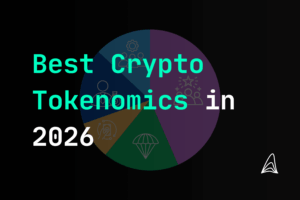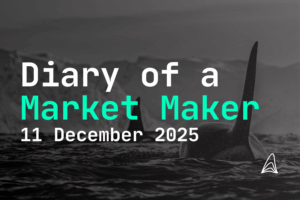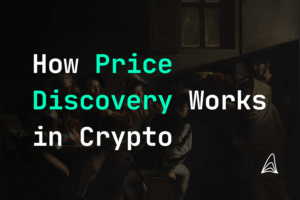
How to Buy NFT? Easy Step by Step Guide
- Jakob Brezigar
- Last updated: 11.April 2024
- Reading time: 7 min
Imagine if Picasso had tweeted his art instead of painting on canvas, and you could own that tweet. Sounds bizarre? Welcome to the world of NFTs, where digital ownership gets real, and yes, you can own digital tweets, art, and more. To buy an NFT, simply choose a marketplace, set up a digital wallet, connect it to the marketplace, and select your digital treasure. It’s like online shopping, but instead of clothes, you’re adding a piece of the digital future to your cart.

Table of Contents
How do I buy an NFT?
To purchase an NFT, you’ll need a digital wallet with cryptocurrency. Browse NFT marketplaces like OpenSea or Rarible, find the NFT you want, and place a bid or buy it outright using your wallet.
What should I do if I accidentally buy an NFT?
If you accidentally purchase an NFT, contact the platform’s support team immediately. Depending on the platform’s policies, they may be able to assist you in reversing the transaction.
Can I resell my NFT after buying it?
Yes, most NFTs can be resold on the same marketplace where you bought them or on other NFT platforms. Simply list your NFT for sale at your desired price, and interested buyers can purchase it from you.
Key Takeaways:
- NFTs represent unique digital assets, offering a new frontier for digital ownership and creativity across various industries.
- Buying NFTs involves selecting a marketplace, setting up a compatible crypto wallet, and connecting it to facilitate secure transactions.
- Due diligence is crucial in the NFT space, emphasizing the importance of research on an NFT’s provenance, value, and the artist’s reputation.
- The cost of purchasing or minting NFTs varies, influenced by factors like blockchain network fees, the asset’s rarity, and market demand.
- The NFT market is constantly evolving, with niche marketplaces and popular collections driving community engagement and defining trends in digital collectibility.
Where to Buy NFTs: NFT Marketplaces
To begin your journey in the NFT space, the first step is navigating to an NFT marketplace. These digital marketplaces are specialized platforms where individuals can buy, sell, or trade NFTs using cryptocurrency. Choosing the right NFT marketplace is crucial, as it impacts the variety of NFTs available, the security of transactions, and the overall user experience. With a growing number of NFT marketplaces emerging, it’s important to select one that aligns with your interests and investment strategy.
Most Well-Known NFT Platforms
Within the expansive NFT space, certain platforms stand out for their popularity, user base, and diverse range of NFTs. OpenSea, Rarible, and Foundation are among the most well-known NFT platforms, each offering a unique set of features and a vast array of digital assets. These platforms cater to a wide audience, from art collectors to gamers, providing a comprehensive marketplace for various digital assets. Engaging with these platforms offers users access to exclusive drops, artist collaborations, and rare digital items, making them prime destinations for those looking to start or expand their NFT collection.
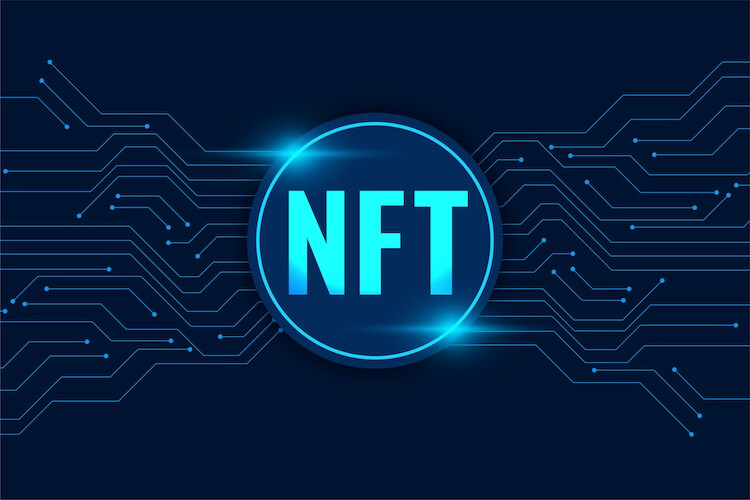
Decentralized NFT Marketplaces
In addition to the more mainstream NFT platforms, there exists a world of decentralized NFT marketplaces, such as Zora and Hic Et Nunc. These platforms operate on a peer-to-peer basis, minimizing the role of intermediaries and maximizing the control and profits that creators and collectors retain. Decentralized marketplaces often focus on specific niches or communities, offering a more curated selection of NFTs and fostering a tight-knit community of users. By choosing a decentralized NFT marketplace, users support a more equitable and open digital economy, where artists and creators receive fair compensation for their work.
Niche Marketplaces
For enthusiasts with specific interests, niche marketplaces offer a tailored selection of NFTs. Whether you’re a fan of digital sports memorabilia, virtual real estate, or blockchain-based games, there’s likely a niche marketplace that caters to your interest. These platforms provide a concentrated collection of NFTs in specific categories, making it easier for collectors to find and purchase items that align with their passions. Examples include NBA Top Shot for basketball enthusiasts and Valuables for those interested in owning unique pieces of social media history.
How to Buy NFT in 4 Steps:
Embarking on the journey to purchase your first NFT can be exciting yet daunting. By following a simple four-step process, you can navigate the NFT market with confidence. Whether you’re an experienced crypto enthusiast or new to the digital art scene, these steps will guide you through selecting a marketplace, setting up a wallet, connecting to the exchange, and making your first NFT purchase.
Step 1: Choose a Marketplace and Create an Account
Selecting the right NFT marketplace is a critical first step in buying an NFT. With a variety of platforms available, each offering different features, fees, and NFT collections, it’s important to choose one that aligns with your interests and investment goals. After selecting a marketplace, the next step is creating an account. This process typically involves providing basic personal information and agreeing to the platform’s terms of service. Once your account is set up, you’re ready to explore the vast world of NFTs available for purchase.
Step 2: Set Up an Ethereum-Compatible Crypto Wallet
Most NFT transactions occur on the Ethereum blockchain, necessitating the use of an Ethereum-compatible crypto wallet. Crypto wallets store your cryptocurrency and facilitate transactions on the blockchain. Popular options include MetaMask, Trust Wallet, and Coinbase Wallet, each offering different features and levels of security. Choosing a reliable crypto wallet is paramount, as it not only stores your digital currency but also serves as your access point to the NFT marketplace.
Step 3: Connect Your Wallet to the Exchange
After setting up your crypto wallet, the next crucial step is connecting it to your chosen NFT marketplace. This connection is pivotal as it enables you to execute transactions, including buying and selling NFTs. The process typically involves navigating to the wallet section of the marketplace, selecting the ‘Connect Wallet’ option, and following the prompts to establish a secure connection. This seamless integration between your wallet and the marketplace ensures that your transactions are secure and that your digital assets and cryptocurrency are safely managed within your wallet. It’s a testament to the interoperability and security that blockchain technology offers, allowing users to participate in the NFT space with confidence.
Step 4: Choose and Buy an NFT
With your account created and your wallet connected, you’re now ready to embark on the exciting journey of selecting and buying an NFT. Browsing through the marketplace, you’ll find a diverse range of digital assets available for purchase – from digital art and music to virtual real estate and collectibles. When you find an NFT that resonates with you, carefully review the details, including the price, transaction fees (often referred to as ‘gas fees’), and the terms of sale.
Once you’ve decided to proceed, the process of buying an NFT typically involves placing a bid or purchasing at a fixed price, depending on the marketplace’s sales mechanism. Completing the purchase initiates a blockchain transaction, transferring ownership of the NFT to you, signifying your entry into the burgeoning world of digital asset collectors.
Introduction to NFTs
Non-fungible tokens (NFTs) have emerged as a groundbreaking innovation in the digital world, intertwining art, ownership, and cutting-edge technology to redefine digital uniqueness and scarcity. NFTs represent distinct digital assets stored on blockchain technology, ensuring their uniqueness and ownership are verifiable and secure. Unlike traditional cryptocurrencies, which are fungible, meaning each unit is the same as every other unit, NFTs are unique.
Each token has distinct characteristics and ownership details, making them non-interchangeable. This digital uniqueness opens up new frontiers in the art world, gaming, collectibles, and beyond, allowing creators and collectors to buy, sell, and trade digital assets with a level of security and authenticity previously unattainable. As we delve deeper into the realm of NFTs, understanding the intricacies of how to buy NFTs becomes paramount for enthusiasts and investors alike.
NFTs vs Cryptocurrency vs Blockchain
The digital ecosystem where NFTs, cryptocurrency, and blockchain technology coexist is intricate, with each component serving a distinct purpose yet interlinking to create a new era of digital finance and art. Cryptocurrencies, like Bitcoin and Ethereum, are digital currencies that operate on blockchain networks, offering a decentralized, secure method of conducting transactions without the need for traditional financial intermediaries.
These currencies are fungible, with each unit holding the same value as another unit of the same cryptocurrency. NFTs, however, are unique digital assets that represent ownership of specific items or content, such as digital art, music, or in-game items, making them non-fungible. The underlying technology enabling the existence of both NFTs and cryptocurrencies is blockchain.
Blockchain is a distributed ledger technology that records transactions across numerous computers in a manner that ensures the security, transparency, and immutability of those records. By leveraging blockchain technology, NFTs provide a reliable and verifiable means of proving ownership and provenance of digital assets, setting them apart from cryptocurrencies in their utility and application.

Buying an NFT With Cryptocurrency
Purchasing NFTs with cryptocurrency is the most common method, as most NFT marketplaces operate on blockchain networks that require cryptocurrency for transactions. Before proceeding, ensure that your crypto wallet is funded with enough cryptocurrency (usually Ethereum, given its prevalence in the NFT space) to cover both the purchase price and any associated transaction fees, including gas fees which can vary based on network congestion. The process underscores the synergy between the NFT space and the wider cryptocurrency ecosystem, highlighting the importance of having a solid understanding of both to navigate purchases smoothly.
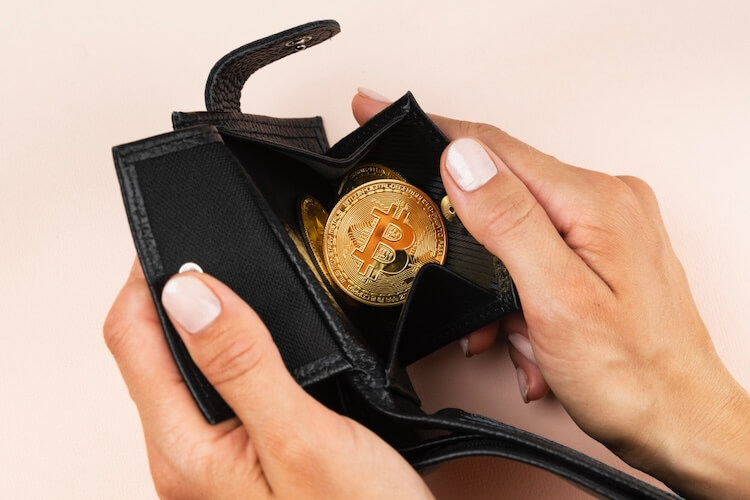
Buying an NFT With Fiat Money
For those less familiar with cryptocurrency, some NFT marketplaces offer the option to purchase NFTs with fiat money. This option can lower the barrier to entry for new collectors, allowing them to use traditional payment methods such as credit cards or bank transfers. However, it’s essential to be aware that buying with fiat money might still involve conversion into cryptocurrency at some point in the transaction process, as the underlying transactions occur on blockchain networks. This dual capability of NFT marketplaces to accept both cryptocurrency and fiat money broadens the accessibility of NFTs, inviting a more diverse group of enthusiasts into the space.
Due Diligence and Do Your Own Research
The allure of the NFT marketplace is undeniable, but it’s critical to approach every potential purchase with due diligence. This involves researching the NFT’s provenance, the artist’s or creator’s reputation, and the asset’s history and potential for appreciation. Understanding the market dynamics, including supply and demand, rarity, and community engagement around certain NFTs or collections, can provide valuable insights into their potential value. Engaging in communities, forums, and social media groups dedicated to NFTs can also offer perspectives and advice from more experienced collectors, enriching your knowledge base and helping you make informed decisions.
Can Anyone Make NFTs?
The democratization of art and digital assets is one of the most exciting aspects of the NFT revolution. Anyone with a digital asset to sell – whether it’s art, music, a meme, or any form of digital creativity – can mint their work as an NFT on the blockchain. This process transforms the digital asset into a marketable NFT, conferring ownership and provenance that can be verified and traded. However, it’s important for creators to consider the costs associated with minting NFTs, including gas fees, and to understand the marketplace dynamics to effectively price and promote their NFTs.
How Much Does It Cost to Make NFTs?
The cost to mint an NFT can vary widely based on several factors, including the blockchain platform chosen, the complexity of the digital asset, and the current demand on the network, which affects gas fees. These gas fees, required for the computational efforts to execute the transactions on the blockchain, can fluctuate significantly with network congestion. Creators looking to mint NFTs should research the best times to mint and the most cost-effective platforms to ensure that their foray into the NFT world is both successful and sustainable.
How Much Does an NFT Cost to Buy?
The price range for purchasing an NFT is as vast and varied as the types of NFTs available. Some NFTs may be acquired for a few dollars, offering an accessible entry point for new collectors, while others, particularly those by renowned artists or unique digital collectibles, can fetch millions. Factors influencing an NFT’s price include its rarity, the creator’s fame, the artwork’s uniqueness, and its historical significance within the NFT space. Market dynamics, such as demand and the overall interest in NFTs, also play critical roles in determining price.
How to Sell NFTs
First two steps are in most aspects the same as for buying crypto therefore take the 4 step-by-step guide for buying NFTs for reference about creating the account and connecting the wallet to the marketplace.
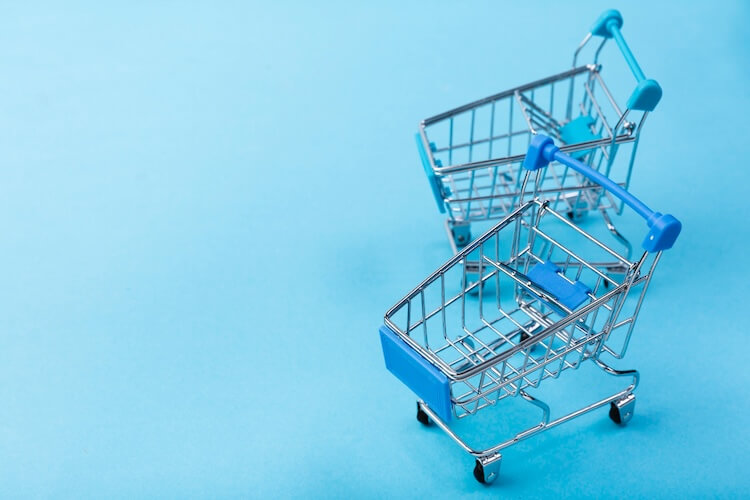
Popular NFT Collections
Understanding the landscape of popular NFT collections can provide valuable insights for both buyers and sellers. Collections like CryptoPunks, Bored Ape Yacht Club, and Axie Infinity have not only garnered significant attention but have also established themselves as benchmarks for value and community engagement in the NFT space. Sellers looking to capitalize on the popularity of these collections may consider creating or investing in similar thematic content, while buyers may view these collections as a cornerstone of a diversified NFT portfolio.
Axie Marketplace
The Axie Marketplace exemplifies the potential of niche marketplaces to cater to specific interests within the NFT ecosystem. As the official platform for trading Axie Infinity assets – digital pets that can be bred, raised, and battled – it offers a vibrant community for enthusiasts of the game. The success of such niche platforms highlights the diverse opportunities within the NFT space for both creators and collectors to engage with digital assets that resonate with their interests and passions.
Summary
The journey through the world of NFTs is one of discovery, innovation, and unprecedented opportunity. From understanding the basics of how to buy an NFT to navigating the complexities of the marketplaces and making informed decisions about purchases and sales, the NFT space offers a new frontier for digital ownership and creativity.
As this guide has shown, whether you’re a budding artist looking to mint your first NFT, an investor seeking to diversify your digital asset portfolio, or a curious enthusiast eager to explore the world of digital collectibles, the key to success lies in education, due diligence, and active participation in the community. By staying informed about the latest trends, understanding the technology underpinning NFTs, and engaging with the vibrant community of creators and collectors, you can navigate the NFT marketplace with confidence and security.
Remember, the world of NFTs is constantly evolving, with new opportunities and challenges emerging as the technology and market dynamics develop. Embrace the journey, and you may find yourself at the forefront of a digital revolution, redefining the value and ownership of creative work in the digital age.
Disclaimer: The information provided in this article is for informational purposes only and does not constitute financial, investment, or other professional advice. All opinions expressed herein are solely those of the author and do not represent the views or opinions of any entity with which the author may be associated. Investing in financial markets involves risk, including the potential loss of principal. Readers should perform their own research and consult with a licensed financial advisor before making any investment decisions. Past performance is not indicative of future results.

Jakob Brezigar
Jakob, an experienced specialist in the field of cryptocurrency market making, boasts an extensive international presence. With Orcabay, he has skillfully managed major operations and deals for a wide array of global stakeholders.

